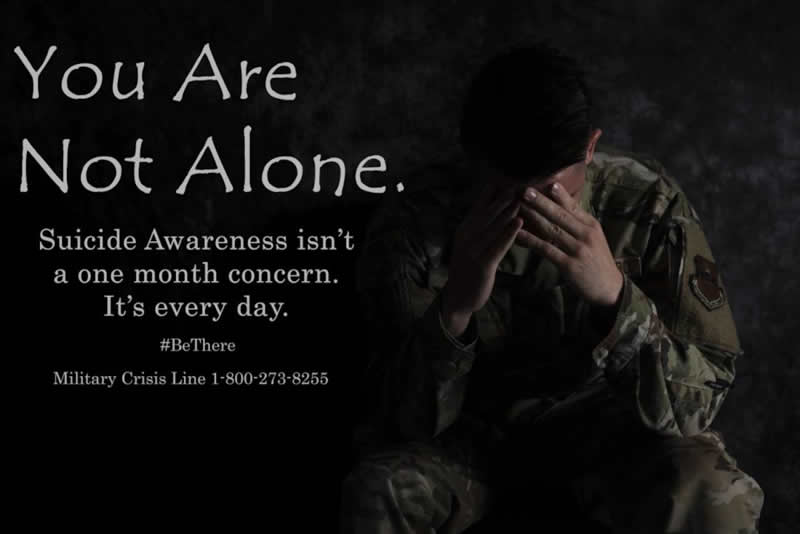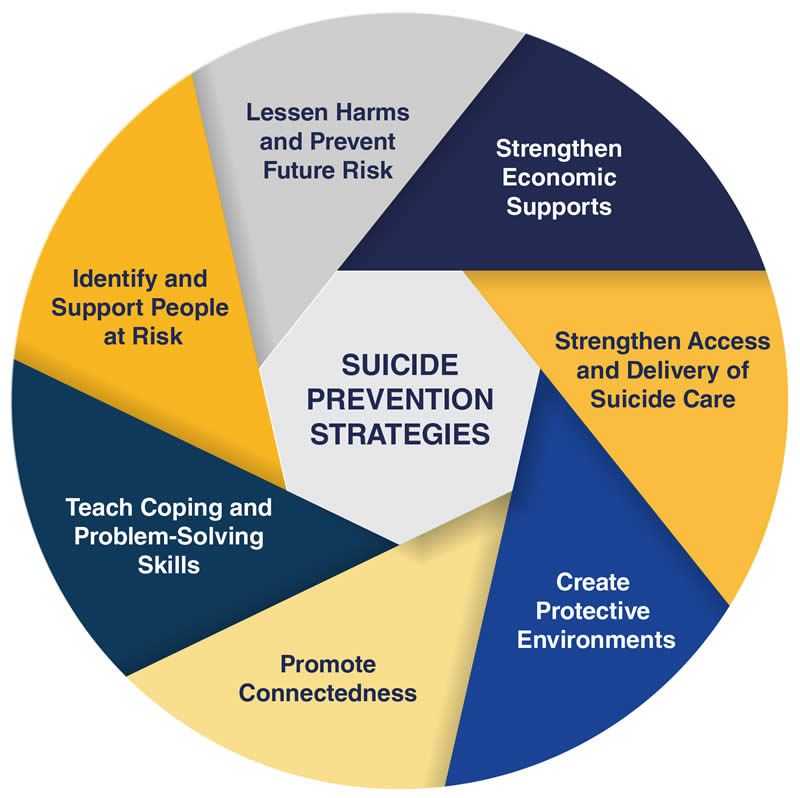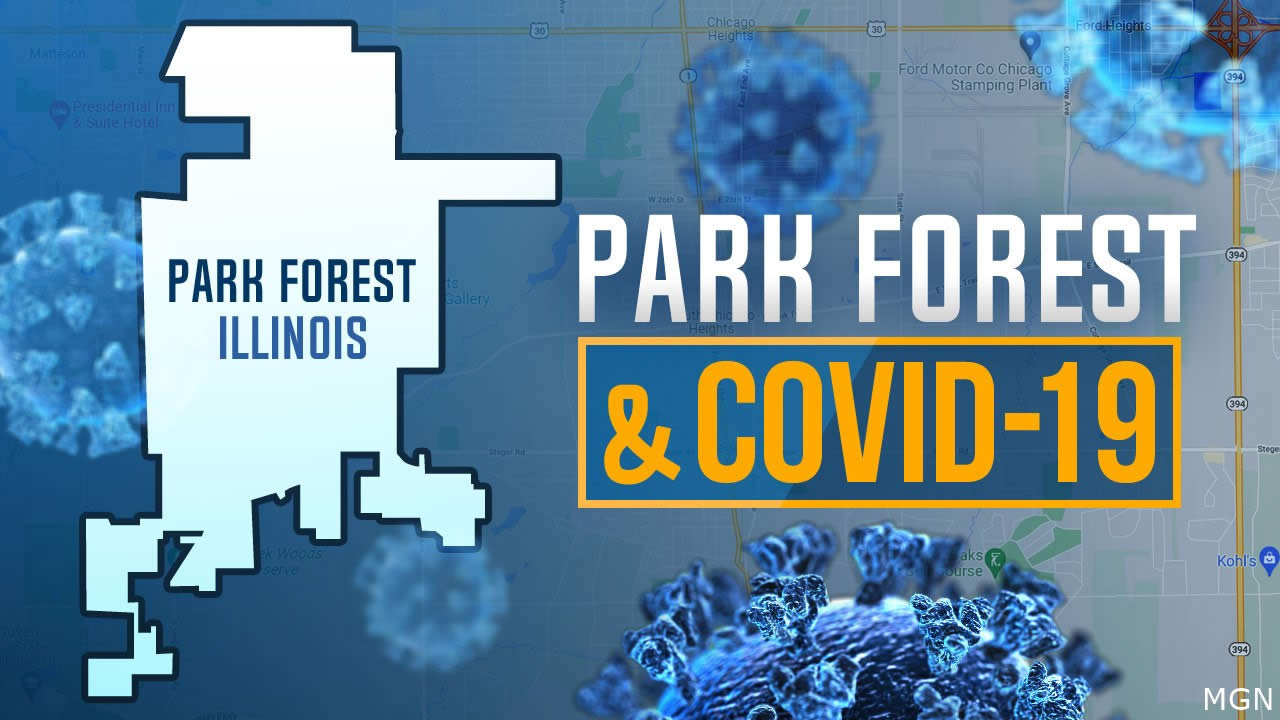
Washington, D.C.-(ENEWSPF)- The Department of Defense (DOD) released its second Annual Suicide Report (ASR) which showed that 498 service members died by suicide in the calendar year 2019. The Department said in a statement that it is committed to the health, safety, and well-being of Service members, veterans, and families – every death by suicide is a tragedy.
Remember, suicide is complex. There are almost always multiple causes, including psychiatric illnesses, that may not have been recognized or treated. However, these illnesses are treatable.
Service members and veterans who are in crisis or having thoughts of suicide, and those who know a service member or veteran in crisis, can call the Military Crisis Line/Veterans Crisis Line for confidential support available 24 hours a day, seven days a week, 365 days a year. Call 1-800-273-8255 and Press 1, text to 838255 or chat online at VeteransCrisisLine.net/Chat.
The ASR for calendar year (CY) 2019 presents recent suicide data for Service members and their families, and describes current and future efforts underway to combat suicide. The report includes new Fiscal Year 2020 National Defense Authorization Act reporting requirements, and represents the Department’s continued commitment to provide timely information on this critical issue and transparency on our efforts.
“The loss of every life is heartbreaking, and each suicide carries a deeply personal story. Every suicide has wide-reaching impacts on families, friends, peers, the broader military community, and the nation as a whole.” said Dr. Elizabeth Van Winkle, executive director of the Office of Force Resiliency. “Preventing these tragedies is one of our foremost priorities, and we are working to help all Service members understand that if they ever feel alone, they are not. The Department offers a variety of resources, including confidential options, to help support members as they navigate life’s inevitable challenges.”
Dr. Karin Orvis, director of the Defense Suicide Prevention Office added, “Collaborations are key to preventing suicide; we must continue to collaborate on research, data sharing, outreach, and other key efforts with other Federal agencies, nonprofits, and academia. We will also continue to take a focused approach to program evaluation to assess existing policies and programs, as well as implement, as appropriate, evidence-informed initiatives gathered from the ever-evolving science on suicide prevention. We still have a long road ahead of us, but we will not relent in our efforts. We owe this to our Service members and families defending our Nation.”

Data from the CY 2019 ASR
In CY 2019, there were 498 Service members who died by suicide. The ASR for CY 2019 shows that – taking into account the total number of service members in the military each year – the CY 2019 suicide rate for the Active Component is statistically comparable to CY 2017, but not going in the right direction; while the Reserve and National Guard rates are statistically lower than CY 2017. Looking more long-term, the rates have increased in the Active Component since CY 2014, while remaining statistically consistent for the Reserve and National Guard between 2014 and 2019. We see continued risk for young and enlisted members. Military suicide rates are comparable with the U.S. adult population, after accounting for age and sex, for Active Component and National Guard, and lower for the Reserve.
The Department uses both internal and civilian data sources to determine military family member suicide deaths. The ASR includes CY 2018 data, as that is the most recent annual civilian source data available. In CY 2018, 193 military family members died by suicide. The ASR shows the CY 2018 rates are consistent with CY 2017 rates. Military spouse and dependent rates are comparable to, or lower than, the U.S. population rates, after accounting for age and sex, except for male spouses which is higher.
“Suicide rates in civilian populations are rising, and the military community is not immune to these challenges,” said Dr. Orvis. “We are implementing a comprehensive public health approach to suicide prevention that also targets our military population of greatest concern – young and enlisted members – while continuing to support our military families.”

Prevention Efforts
Over the past year, the Department developed and began piloting a number of new educational and training programs for young and enlisted service members, enhanced access to resources for National Guard members, improved program evaluation efforts, and increased support to military families, such as by training more than 2,000 non-medical military providers to provide counseling on access and safe storage of lethal means to service members and their families.
Based on the findings from this year’s report, the Department is focused on piloting training – for Service members, particularly young and enlisted members, as well as military spouses – to address the most common help-seeking concerns and encourage seeking help early on, before life challenges become overwhelming. New efforts also aim to address common risk and protective factors with an integrated violence prevention approach. Additionally, the Department will target educational programs and resources to teach spouses, chaplains, and students in DOD schools of the risk factors for suicide, encourage help-seeking, and promote safe storage of lethal means.
CY 2020 Data
We recognize the potential impact of COVID-19 on the well-being of our Service members and families. The Department is closely monitoring the potential impacts of the pandemic on death by suicide within the military population.
At this time, it is too early to determine whether suicide rates will increase in CY 2020. Although quarterly suicide counts are publicly available at www.dspo.mil/QSR – caution should be used when examining changes in suicide counts across time, as counts do not account for changes in population size or provide enough time for essential investigations to determine cause of death. Therefore, what may look like an increasing trend may not be statistically meaningful once all investigations are complete and the Department conducts necessary analyses.
Warning Signs of Suicide
- Talking about wanting to die
- Looking for a way to kill oneself
- Talking about feeling hopeless or having no purpose
- Talking about feeling trapped or in unbearable pain
- Talking about being a burden to others
- Increasing the use of alcohol or drugs
- Acting anxious, agitated or recklessly
- Sleeping too little or too much
- Withdrawing or feeling isolated
- Showing rage or talking about seeking revenge
- Displaying extreme mood swings
The more of these signs a person shows, the greater the risk. Warning signs are associated with suicide but may not be what causes a suicide.
What To Do
If someone you know exhibits warning signs of suicide:
- Do not leave the person alone
- Remove any firearms, alcohol, drugs, or sharp objects that could be used in a suicide attempt
- Call the U.S. National Suicide Prevention Lifeline at 800-273-TALK (8255)
- Take the person to an emergency room or seek help from a medical or mental health professional
This is a report from the Department of Defense with information from https://reportingonsuicide.org/.








